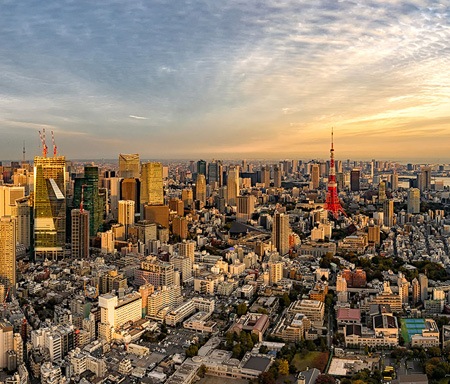
Hong Kong’s office market squeeze shows no signs of relaxing
Investors often ask if Hong Kong's office market can continue into the stratosphere.
Well, Grade-A office vacancy in Hong Kong is at historically low levels. Savills data show it to be 1.3% in Central, which means that companies have zero options for expansion and face competition just to renew their existing leases.
Strong demand is causing upward rental pressure, most noticeably at the top end of the market, with HK$200 per sq ft per month now established as an achievable rent for smaller spaces in IFC2 and as a realistic asking rent for Chater House. New demand for Grade-A is driven by mainland companies, who now account for almost half of new lettings in Central.
Traditional occupiers in Central are keen to remain there, however the lack of options for expansion and pressure on rents means many have been forced to move to alternative business districts, in particular Island East. New developments such as One Hennessey in Wanchai and One Taikoo Place in Quarry Bay are between two to five times over-subscribed before completion of construction at HK$90-100 per sq ft.
Kowloon East offers a pressure-release, with vacancy rates above 10% following the completion of new supply, and there is a further potential 11m sq ft of buildable office floor area still to come through future government land sales. Vacancy may continue to rise as new supply is delivered, but fresh demand should take it up. Recently completed new buildings in Kowloon East are well committed with firm occupancy and rents of around HK$30 per sq ft.
China’s “going out” story is still in its early chapters and, even with the anticipated set-backs along the way, Hong Kong will continue to benefit in the longer term.
Strong arguments exist in favour of HK maintaining its relevance, including its rule of law, low taxes, freely convertible currency, lack of foreign ownership restrictions, sophisticated finance sector, liquid stock market, ease of setting up companies, lack of corruption, good transport infrastructure and improving connectivity with mainland China. These factors are attractive to mainland companies looking to broaden their international horizons.
Momentum is strong and unlikely to reverse anytime soon. In addition to new demand from the mainland, other foreign companies are still attracted to Hong Kong as a place from which to do business in Asia.
A final point – Hong Kong has over 330,000 SMEs, employing over 1.28m people. It remains an incredibly entrepreneurial place and this outlook should continue and perhaps even be enhanced through good government policy.
Contact Us:
Simon Smith



